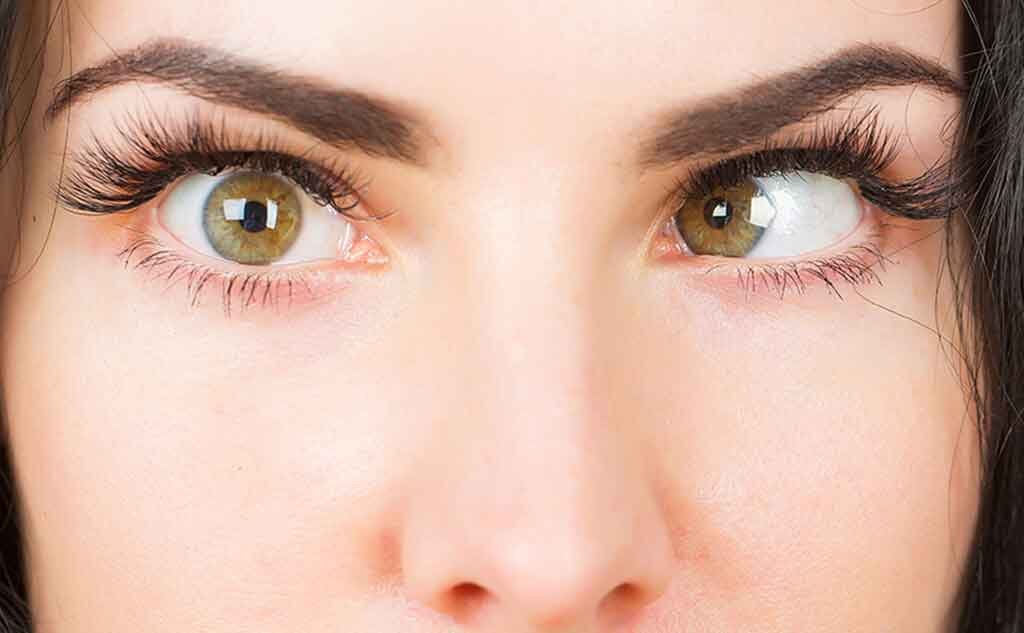Strabismus, commonly known as “crossed eyes” or “squint,” is a condition where the eyes do not align properly. One eye may look straight ahead while the other turns inward, outward, upward, or downward. This misalignment can occur constantly or intermittently, affecting both children and adults. In Dubai, advanced treatment options are available for managing strabismus effectively. This article will provide an easy-to-understand guide to Finding Strabismus Management in Dubai, focusing on the available treatments and what to expect during the process.
Understanding Strabismus
Strabismus occurs when the muscles that control eye movement are imbalanced. The eyes may send different visual signals to the brain, causing double vision or confusion. To cope, the brain may ignore the image from the weaker eye, leading to a condition known as amblyopia or “lazy eye.” Early diagnosis and treatment are crucial to prevent long-term vision problems.
Strabismus can be classified into different types based on the direction of the eye turn:
- Esotropia: The eye turns inward.
- Exotropia: The eye turns outward.
- Hypertropia: The eye turns upward.
- Hypotropia: The eye turns downward.
Causes of Strabismus
Several factors can contribute to the development of strabismus. It can be hereditary, meaning it runs in families. Other causes include:
- Refractive Errors: Conditions like farsightedness can lead to strabismus as the eyes work harder to focus.
- Medical Conditions: Neurological or muscular problems can affect eye alignment.
- Trauma: An injury to the eye or head can disrupt eye muscle function.
- Congenital Factors: Some children are born with strabismus due to developmental issues.
Symptoms of Strabismus
The symptoms of strabismus are often easy to notice. They may include:
- Misaligned Eyes: One eye may appear to be off in a different direction.
- Double Vision: Seeing two images of a single object.
- Head Tilt: Tilting the head to one side to align the eyes.
- Eye Strain: Discomfort or headaches due to the effort to focus.
If you or your child experiences any of these symptoms, it’s essential to seek medical attention. Early treatment can prevent complications and improve the chances of successful management.
Diagnosing Strabismus
Diagnosing strabismus typically involves a comprehensive eye examination. An eye doctor will assess eye alignment, movement, and vision. The examination may include:
- Visual Acuity Test: Measures how clearly each eye sees.
- Corneal Light Reflex Test: Observes how light reflects off the cornea to determine eye alignment.
- Cover Test: Detects the presence and degree of strabismus by covering one eye at a time.
- Retinal Examination: Checks the health of the retina at the back of the eye.
These tests help the eye doctor determine the type and severity of strabismus, which is crucial for developing an effective treatment plan.
Treatment Options for Strabismus in Dubai
Dubai offers a range of treatment options for managing strabismus. The choice of treatment depends on the type, severity, and age of the patient. Common treatments include:
1. Eyeglasses or Contact Lenses
In cases where refractive errors contribute to strabismus, corrective lenses can help align the eyes. By improving vision, the eyes may work together more effectively, reducing or eliminating the misalignment.
2. Prism Lenses
Prism lenses are special glasses that can bend light entering the eye, reducing the effort needed to maintain alignment. They are often used in cases of mild strabismus or to manage double vision.
3. Vision Therapy
Vision therapy involves a series of exercises designed to improve eye coordination and focus. This therapy is particularly effective for children, as it helps train the eyes and brain to work together. The exercises may include activities like tracking moving objects, focusing on close and distant objects, and improving depth perception.
4. Eye Patching
For children with amblyopia (lazy eye) caused by strabismus, eye patching can be an effective treatment. The stronger eye is covered with a patch, forcing the weaker eye to work harder and develop better vision. This treatment is most effective when started early in life.
5. Botox Injections
In some cases, Botox injections can be used to temporarily weaken the stronger eye muscles, allowing the weaker muscles to catch up. This treatment can help improve eye alignment and is often used as a temporary measure or in conjunction with other treatments.
6. Surgery
Surgical intervention may be necessary when other treatments are not effective. Strabismus surgery involves adjusting the muscles around the eye to correct alignment. This procedure is usually performed on an outpatient basis and has a high success rate. Recovery typically involves a short period of rest, followed by gradual improvement in eye alignment.
What to Expect After Treatment
Following treatment, regular follow-up visits with the eye doctor are essential to monitor progress and ensure that the eyes remain aligned. In some cases, additional treatments or adjustments may be necessary.
For children, ongoing vision therapy or the use of eyeglasses may be recommended to maintain alignment and prevent a recurrence of strabismus. Adults may need to continue wearing prism lenses or participate in vision exercises to ensure long-term success.
Conclusion
Strabismus management in Dubai offers various treatment options tailored to the needs of each patient. Early diagnosis and intervention are key to preventing long-term vision problems and improving quality of life. Whether through glasses, vision therapy, or surgery, effective strabismus management can help align the eye specialists in dubai and enhance visual function.
If you or your child are experiencing symptoms of strabismus, seeking prompt medical attention can make a significant difference. With the right care, strabismus can be managed effectively, allowing for clear and comfortable vision.




